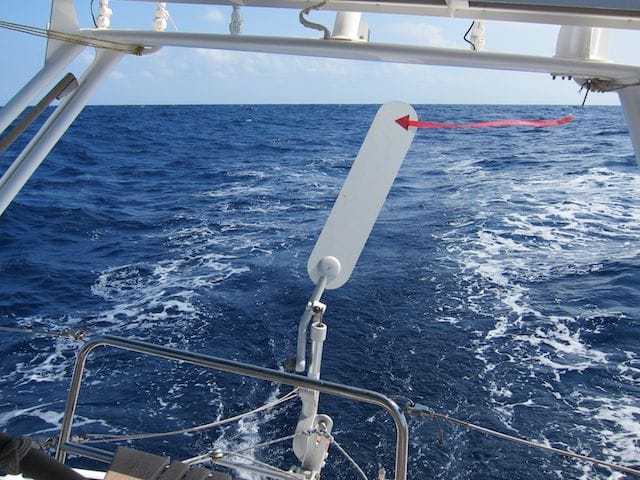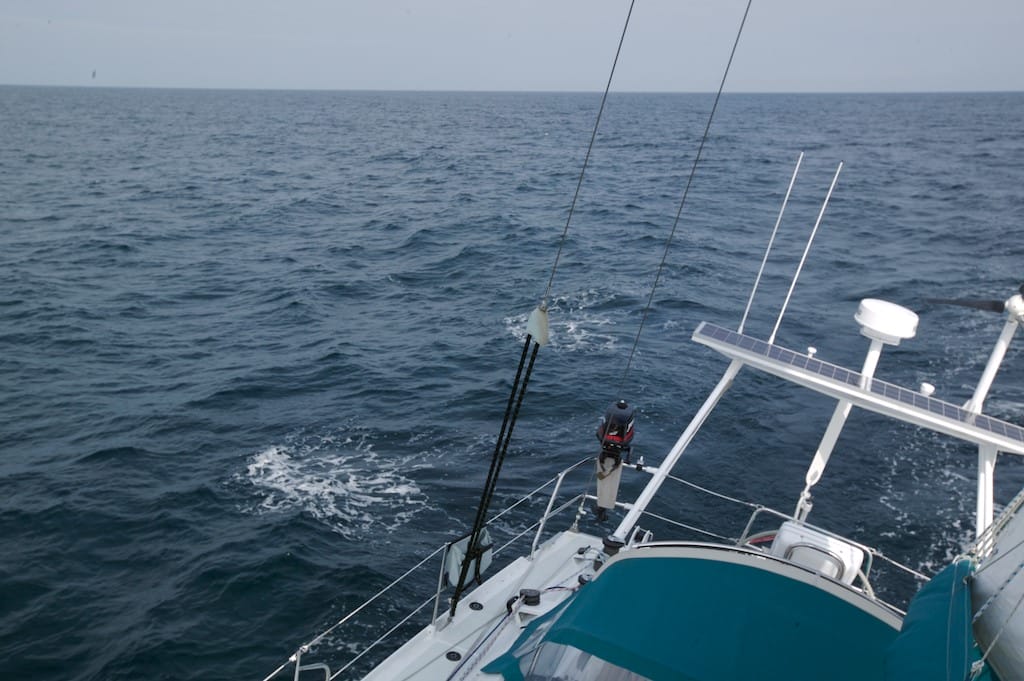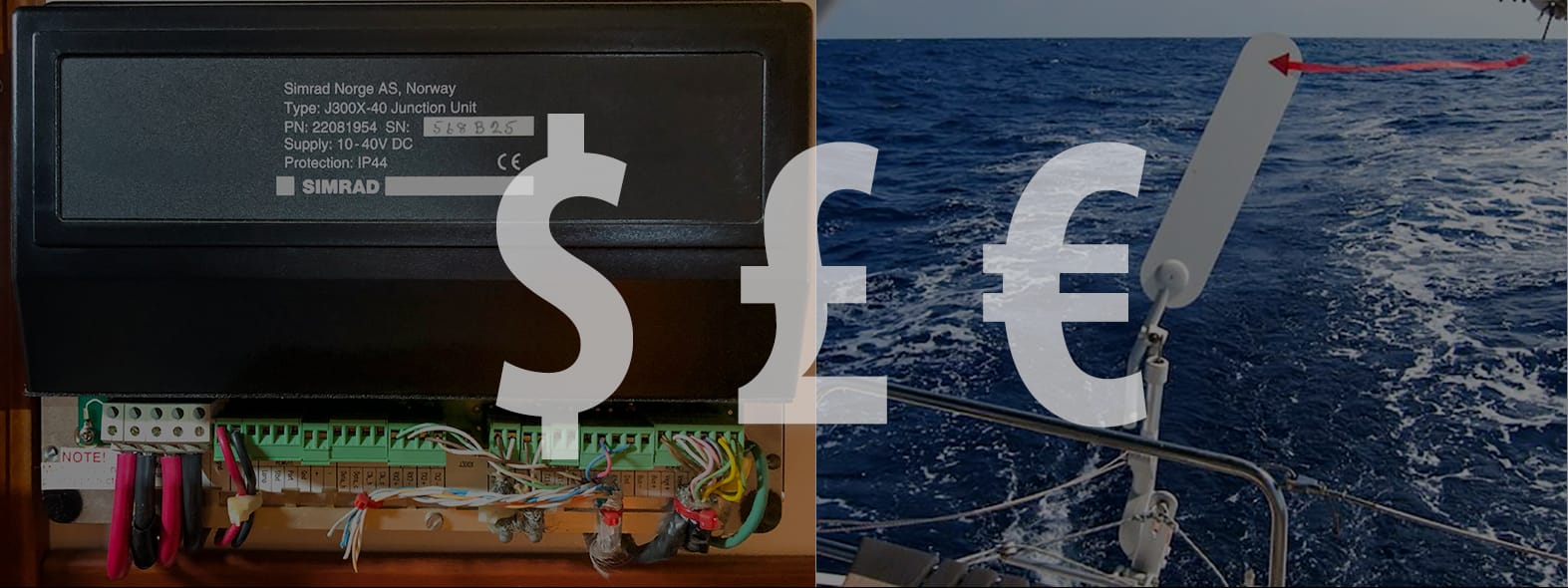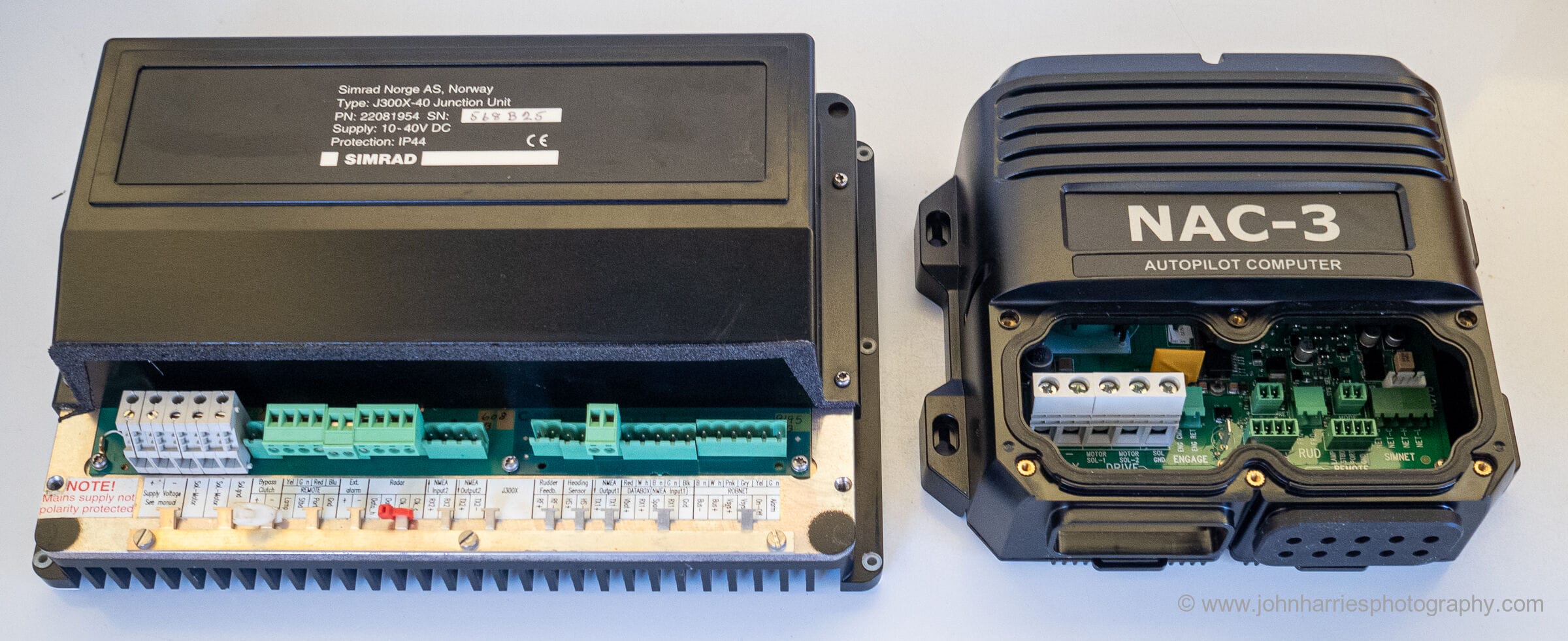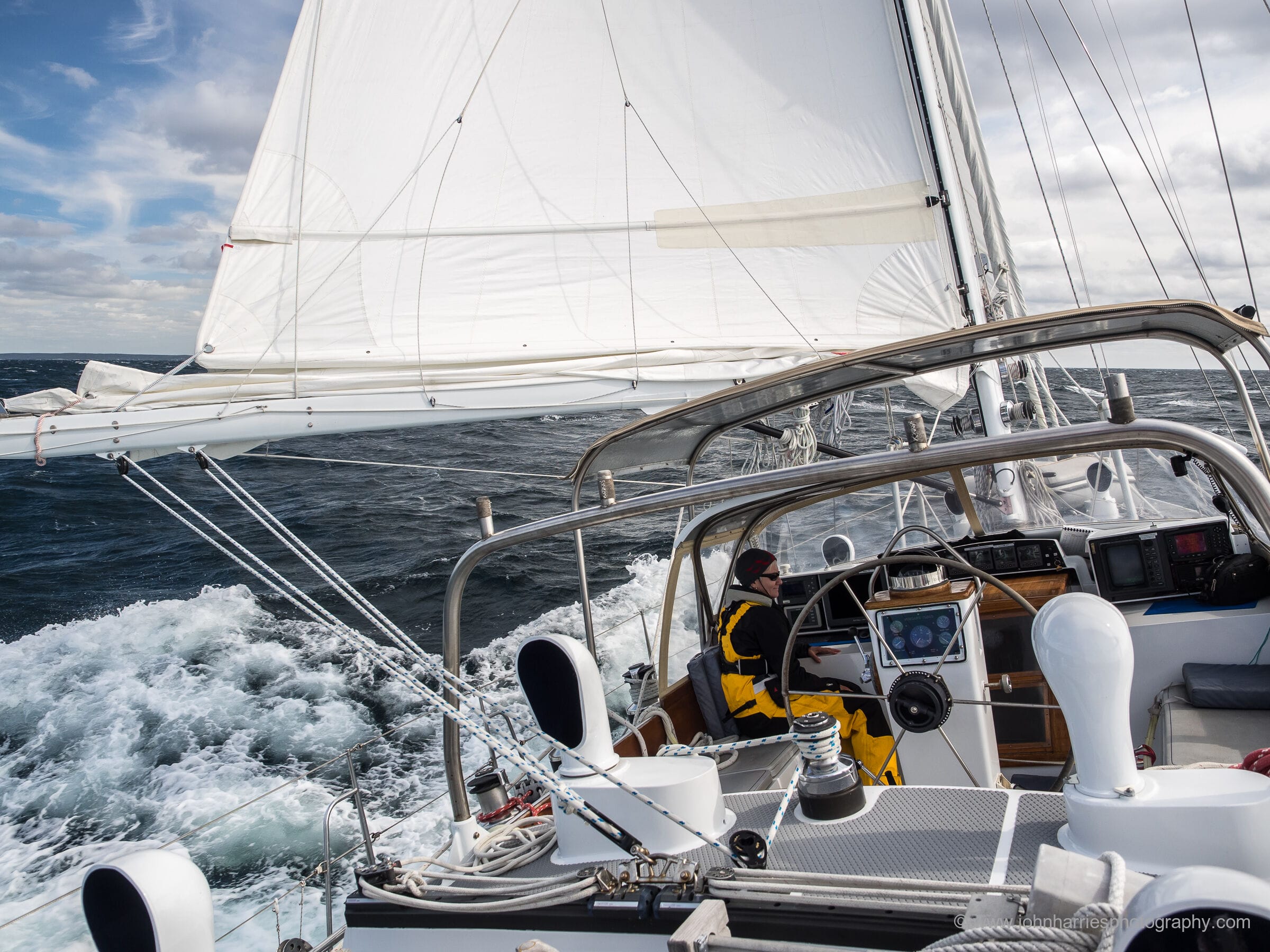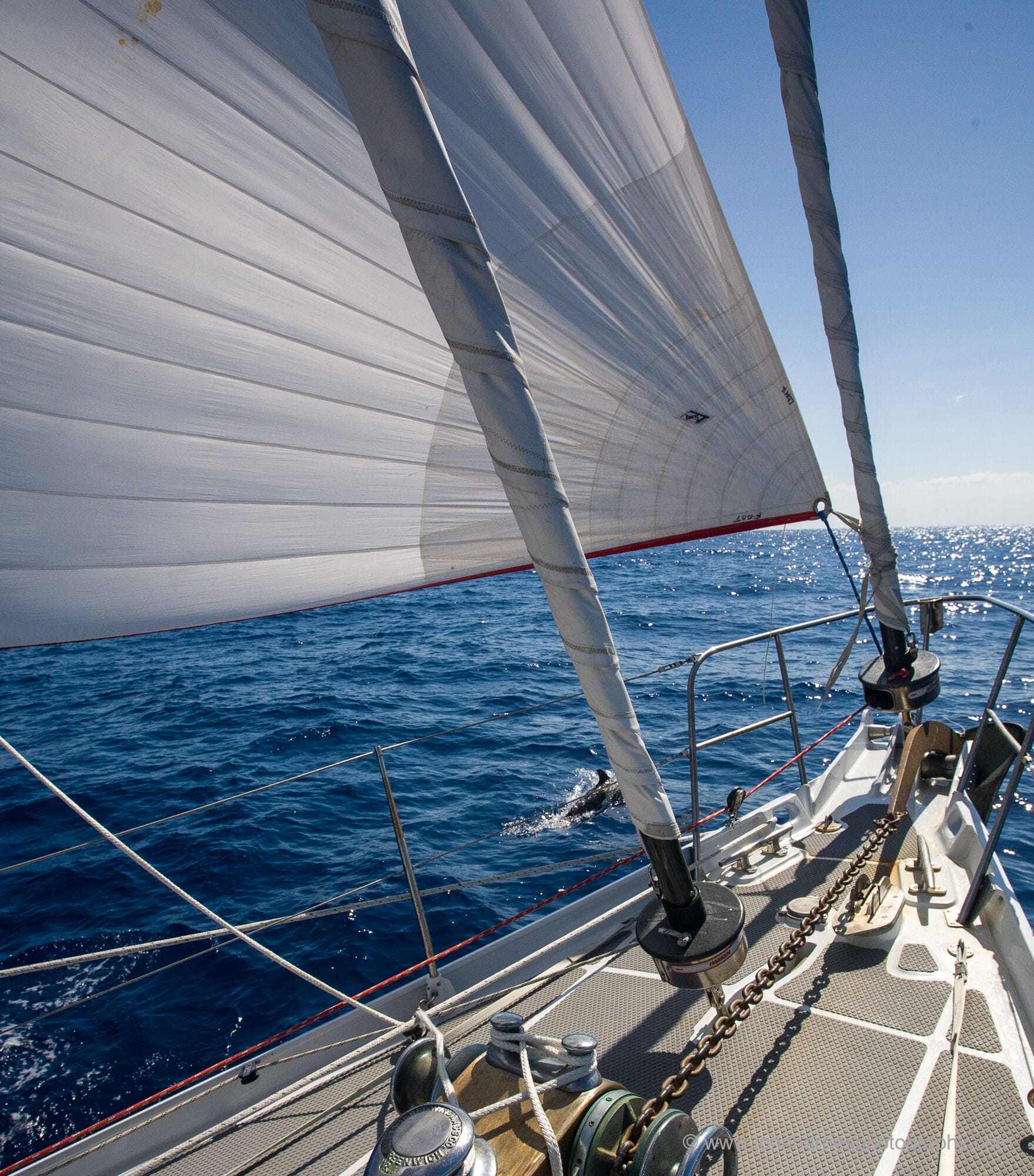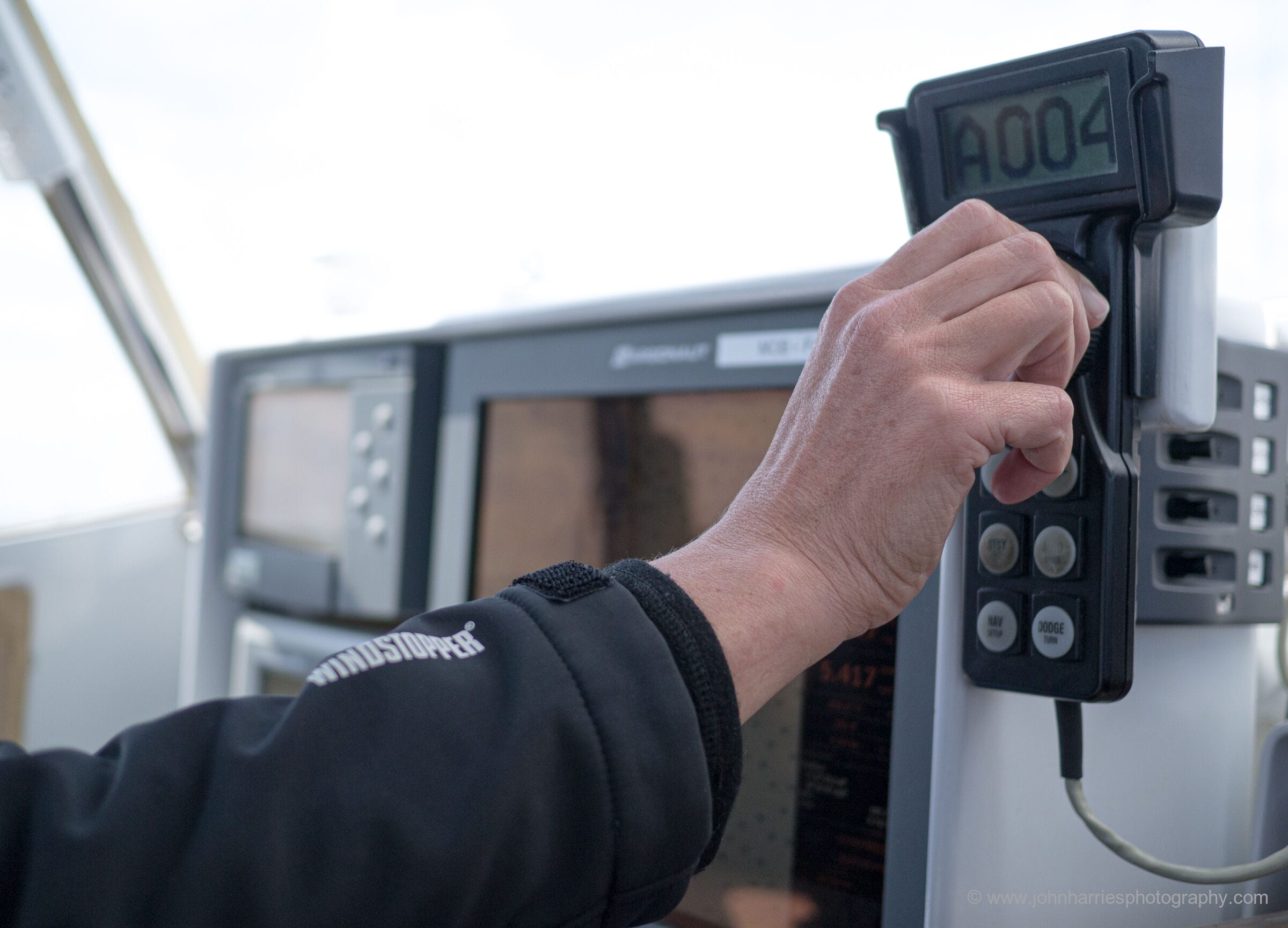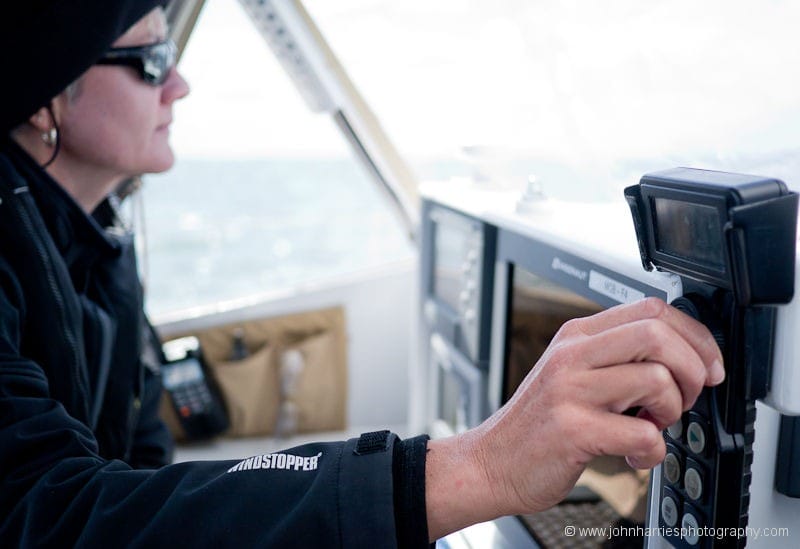Self Steering
It’s vital to have a good and reliable self-steering system on a cruising boat. Two experienced voyagers share their combined 80 years of experience with autopilots and vane-gears.
Click for TOC or scroll down for details
Articles in this topic:
- 11 Self-Steering Vane Gear Installation and Usage Tips
- Windvane Or Autopilot?
- Q&A: Windvane Or Autopilot?
- The True Price of Autopilots & Vane Gears
- Autopilot Buyer’s Guide
- How To Tune an Autopilot to Steer Better—Part 1
- How To Tune An Autopilot To Steer Better—Part 2
- Nine Autopilot Usage Tips and Hacks
- Gear Test—Autopilot
- Q&A: Which Autopilot Drive?
- Autopilot Installation Problems and Lessons Learned
-
11 Self-Steering Vane Gear Installation and Usage Tips
38 CommentsReading Time: 7 minutesMembersRead more: 11 Self-Steering Vane Gear Installation and Usage TipsSelf steering windvanes have a reputation of being hard to use. Reading these tips can fix that and make us love our windvane.
-
Windvane Or Autopilot?
63 CommentsReading Time: 4 minutesFreeRead more: Windvane Or Autopilot?These days every cruiser seems to fit an autopilot, but what’s the case for a vane gear? Or maybe both.
-
Q&A: Windvane Or Autopilot?
24 CommentsReading Time: 2 minutesFreeRead more: Q&A: Windvane Or Autopilot?Do you prefer a windvane or an autopilot for longer passages?
-
The True Price of Autopilots & Vane Gears
62 CommentsReading Time: 8 minutesMembersRead more: The True Price of Autopilots & Vane GearsAt first glance, autopilots and vane gears cost about the same, but the reality is more complicated, and important to get right.
-
Autopilot Buyer’s Guide
73 CommentsReading Time: 14 minutesMembersRead more: Autopilot Buyer’s GuideHow smart and expensive an autopilot do we need for offshore shorthanded cruising? Lots of options. Here’s how to make sure we don’t select the wrong one and that we get what we paid for.
-
How To Tune an Autopilot to Steer Better—Part 1
21 CommentsReading Time: 12 minutesMembersRead more: How To Tune an Autopilot to Steer Better—Part 1We can make a huge difference to comfort, speed, and electrical use by manually adjusting our autopilots.
-
How To Tune An Autopilot To Steer Better—Part 2
30 CommentsReading Time: 10 minutesMembersRead more: How To Tune An Autopilot To Steer Better—Part 2How to set gain, counter-rudder, and trim to make an offshore passage faster and more comfortable, and save battery, too.
-
Nine Autopilot Usage Tips and Hacks
10 CommentsReading Time: 12 minutesMembersRead more: Nine Autopilot Usage Tips and HacksSo far in this series we have got deep into the technical weeds of how autopilots work, and how to make them work better. Now let’s look at some simple tips, several of which will help with vane gears too.
-
Gear Test—Autopilot
54 CommentsReading Time: 3 minutesFreeRead more: Gear Test—AutopilotA reliable autopilot comes right after radar as the most important piece of electronic gear We report on how our autopilot handled our 10,000-mile voyage.
-
Q&A: Which Autopilot Drive?
54 CommentsReading Time: 2 minutesFreeRead more: Q&A: Which Autopilot Drive?Some thoughts on autopilot drive types and reliability.
-
Autopilot Installation Problems and Lessons Learned
1 CommentReading Time: 2 minutesFreeRead more: Autopilot Installation Problems and Lessons LearnedLessons learned from a poorly installed autopilot, and how we fixed it.

